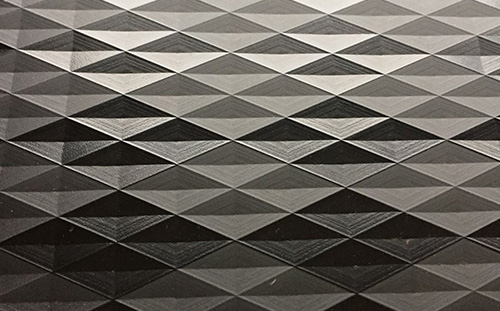Press plates are flat, rigid surfaces made from materials such as steel, aluminum, or composites. They are designed to withstand high levels of pressure and temperature, making them suitable for various applications. Press plates come in different shapes and sizes, tailored to meet specific operational requirements in pressing, stamping, or forming processes.
One of the primary functions of press plates is to shape materials. In metalworking, for instance, press plates are used in hydraulic presses to mold sheets of metal into desired shapes. This process is crucial for manufacturing components that require precise dimensions and surface finishes.
In stamping operations, press plates help transfer designs onto materials. The plates work with dies to create patterns, logos, or information on metal sheets, plastics, or other substrates. This function is particularly important in industries such as automotive and consumer goods, where branding and identification are essential.
Press plates are also used in laminating processes, where layers of materials are bonded together. This is common in the production of composite materials, where different materials are fused to enhance strength, durability, and aesthetic appeal.
In applications such as heat pressing, press plates facilitate heat transfer to materials. This is often seen in the textile industry, where fabric is pressed with heat and pressure to apply designs or finishes. The even distribution of heat and pressure ensures consistent results.
Press plates can be utilized in assembly processes, where components are joined together. By applying uniform pressure, press plates ensure that parts fit together accurately, reducing the risk of misalignment or defects.
Flat press plates are the most common type and are used in various applications. They provide a smooth, even surface for pressing operations, making them ideal for shaping and forming materials.
Heated press plates are equipped with heating elements that allow for temperature control during pressing operations. These plates are essential in processes that require heat, such as laminating and heat transfer applications.
Custom-shaped press plates are designed to meet specific requirements of particular processes. They can be manufactured in various shapes and sizes to accommodate unique applications, ensuring optimal performance and efficiency.
Multi-station press plates feature multiple pressing areas within a single plate. This design allows for simultaneous processing of several components, increasing productivity and efficiency in manufacturing.

In the automotive sector, press plates are critical for producing body panels, brackets, and other components. They ensure that parts are shaped accurately and consistently, which is vital for safety and performance.
Press plates are used in aerospace manufacturing to create lightweight yet strong components. The precision provided by press plates is essential in meeting the stringent safety and performance standards of the industry.
Manufacturers of consumer goods, such as appliances and electronics, utilize press plates for stamping logos, assembling parts, and creating enclosures. The ability to produce high-quality finishes and precise dimensions is crucial in this competitive market.
In packaging, press plates are used to form containers, lids, and other packaging components. The uniformity achieved through pressing ensures that packaging is both functional and visually appealing.
In textiles, heated press plates are employed for heat transfer applications, such as applying graphics or finishes to fabrics. The even application of heat and pressure ensures that designs adhere properly and maintain their quality.
One of the most significant advantages of press plates is their ability to produce precise and consistent results. This uniformity is vital across various industries, where even minor discrepancies can lead to defects or failures.
Press plates streamline manufacturing processes by allowing for quick and efficient operations. By applying pressure uniformly, they reduce the time required for shaping, stamping, or laminating materials.
Press plates can be used for a wide range of applications, making them versatile tools in manufacturing. Their adaptability to different processes and materials allows companies to optimize their production capabilities.
By ensuring high-quality production and reducing waste, press plates contribute to cost savings in manufacturing. Their durability and reliability also minimize the need for frequent replacements, further enhancing their cost-effectiveness.
Using press plates can improve safety in the workplace. By facilitating controlled pressure application, they reduce the risk of accidents and injuries associated with manual handling or improper techniques.
Press plates are indispensable tools in modern manufacturing and industrial processes. Their ability to shape, stamp, laminate, and assemble materials with precision and consistency makes them vital across various sectors, including automotive, aerospace, consumer goods, packaging, and textiles. As industries continue to evolve, the importance of reliable press plates remains steadfast, contributing to improved efficiency, cost savings, and product quality. Understanding their functions, types, and applications is essential for businesses looking to optimize their manufacturing processes and maintain a competitive edge in the market.



View More(Total0)Comment Lists